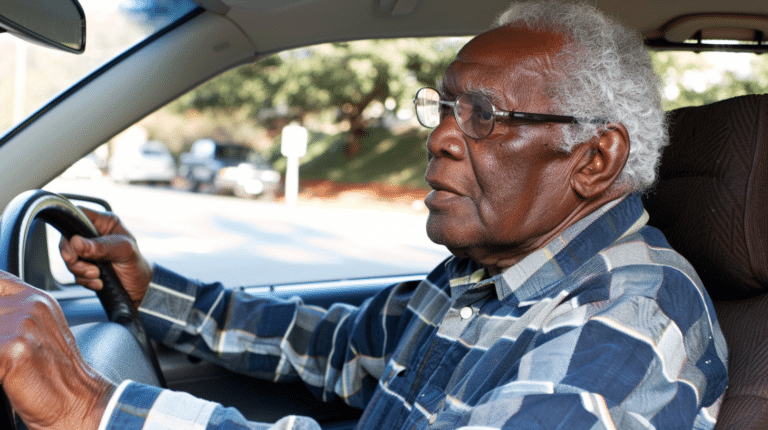When is a good time to give up your keys?
Driving is an essential part of life for many, offering independence, convenience, and the ability to stay connected with family, friends, and the community. It enables access to jobs, medical appointments, social activities, and even just running errands. For seniors, the ability to drive can be especially empowering, allowing them to maintain a sense of autonomy and continue living an active, fulfilling lifestyle.
However, as we age driving can become more challenging due to certain physical and cognitive changes that impact driving abilities, making it important to prioritize safety on the road. Most older people have valuable driving experience but is a personal decision on when to give up the keys not only for your safety but for others as well.
When to Limit or Stop Driving
• Difficulty with nighttime driving.
• Slow reaction time.
• Problems reading the highway.
• Trouble with complex intersections.
• Frequent accidents or near-misses.
• Have difficulty moving your foot or looking over your shoulder.
• The advice of family, doctors, or a driving assessment.
Here are some key tips to help older drivers stay safe:
1. Get Regular Check-ups
Regular medical check-ups are crucial for maintaining good health, and this includes vision and hearing tests. Conditions like glaucoma, cataracts, and macular degeneration can affect eyesight, while hearing impairments can make it difficult to hear sirens, horns, or other important sounds on the road.
2. Stay Physically Active
Regular physical activity can help with reaction time, joint mobility, and overall health, which all contribute to safer driving.
3. Limit Driving During Difficult Conditions
If you notice that driving at night, bad weather or heavy traffic is becoming increasingly difficult, it’s a good idea to limit your driving to daylight hours and clear weather.
4. Adjust the Vehicle to Your Needs
Make sure your vehicle is adjusted for your comfort and safety. Consider features such as larger mirrors, comfortable seating, or even adaptive technologies like backup cameras or blind-spot monitoring systems that can assist with driving.
5. Avoid Driving When You’re Tired or Taking Medications
Fatigue and medications can both impact concentration and reaction time. Talk to your doctor if you’re concerned about the impact of your medications on your driving.
6. Stay Updated on Road Laws and Driving Skills
Many local organizations offer a refresher driving course designed for seniors which can help you stay up to date on traffic laws, road signs, and new driving technologies.
7. Alternative Transportation
While it can be difficult to give up the freedom that driving provides, there are many alternative transportation options that can help seniors maintain their independence and stay connected such as
• Public transportation like bus or train which operates on a specific schedule and routes
• Specialized transportation for people with disabilities or those unable to use public transit.
• Shuffle buses offered by the church or senior centers.
• Family or close friends who volunteer to drive you.
• Private-pay transportation such as taxy, Uber, Lyft.
By taking these tips, older drivers can continue to enjoy the freedom of moving around while ensuring their safety and the safety of others on the road. It’s all about recognizing when adjustments are needed and knowing when it might be time to explore other transportation options.
Resources
https://www.nadtc.org/aging-and-disability-transportation-overview/
https://www.usaging.org/transportation
https://www.nhtsa.gov/older-drivers/driving-safely-while-aging-gracefully
- Home Care Assistance Can Help Seniors Manage Self-Care Tasks - April 24, 2025
- The Superfood You Shouldn’t Miss - April 9, 2025
- First Home Care Visit? Here’s The Inside Scoop - April 9, 2025


